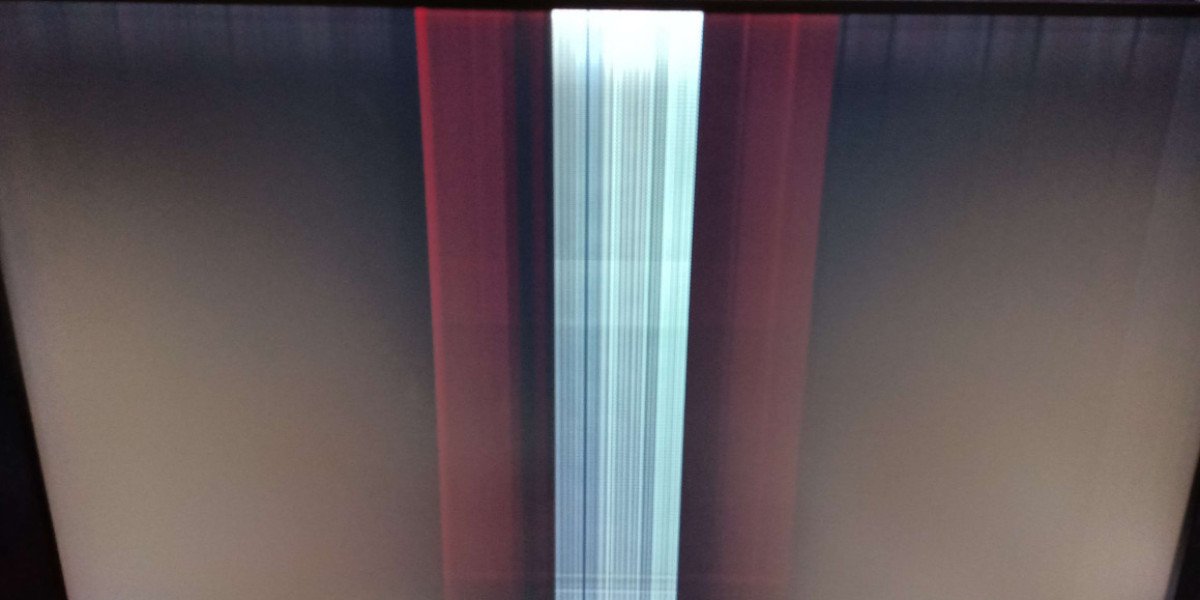Family histories are priceless. Photographs, videos, letters, and important documents capture moments that define generations. Yet, in today’s fast-paced digital world, these memories are at risk. Hard drives fail, cloud accounts can be compromised, and physical photos degrade over time. Personal Digital Archiving provides a structured, secure way to preserve family histories and cherished memories for years to come.
Why Personal Digital Archiving Matters for Family Memories
Family memories aren’t just sentimental—they’re a connection to our roots. Losing them can mean losing part of your family’s story. Digital archiving ensures that each important document or media file is stored systematically, making it accessible whenever needed. By digitizing old photos, letters, or videos, you protect them from physical damage like water, fire, or fading, while also creating an easily shareable format for current and future generations.
Organizing Your Family Archive
A disorganized archive can be as ineffective as no archive at all. The first step is creating a clear structure:
Category Organization: Group items into broad categories such as “Photos,” “Letters,” “Videos,” and “Genealogy Records.” This structure makes locating files intuitive.
Subfolders for Details: Within each category, create subfolders for specific events, years, or family branches, like “2022_Family_Reunion” or “Grandparents_Letters_1960s.”
Descriptive File Names: Rename files with clear identifiers. Instead of “IMG_1234,” use names like “2022_Christmas_Family_Portrait” to quickly understand the content at a glance.
Organized digital archives allow for faster retrieval and prevent duplication or accidental loss of files, keeping your family history cohesive and intact.
Backing Up Memories Safely
Even the most organized archive is vulnerable without proper backups. Personal digital archiving isn’t complete without a strong backup strategy:
Cloud Storage: Use reputable cloud services for primary backups. Ensure automatic syncing is enabled so your archive is always updated.
External Drives: Maintain offline copies on external hard drives. These provide an extra layer of protection against cloud outages or accidental deletions.
Redundancy Strategy: Follow a basic 3-2-1 backup approach: three copies of your files, on two separate devices, with one stored off-site or in the cloud. This approach minimizes the risk of permanent loss.
Regular backups provide peace of mind, ensuring that every precious memory is safe no matter what happens.
Preserving Digital Media Formats
Family memories often exist in various formats: old VHS tapes, printed photographs, handwritten letters, or outdated digital files. Converting these into durable digital formats is essential:
Digitize Old Media: Scan photos, letters, and documents; convert tapes or DVDs to digital video files.
Use Standard Formats: Save photos in JPEG or PNG, videos in MP4, and documents in PDF for maximum compatibility and longevity.
Maintain Metadata: Add descriptions, dates, and family member names in file properties to make searching and contextualizing your archive easier.
By converting and standardizing formats, you ensure that future generations can access and enjoy these memories without technological barriers.
Sharing and Collaborative Archiving
Personal digital archiving isn’t just about storing files—it’s about connecting families. Modern tools allow you to share your archive with relatives easily, creating a collaborative family history:
Private Cloud Sharing: Services like Google Drive or Dropbox let you share specific folders securely.
Family Archives Platforms: Platforms designed for genealogy and family history enable multiple members to add, edit, and preserve memories collaboratively.
Digital Scrapbooks: Assemble photos, letters, and stories into digital albums that can be shared and updated over time.
This collaborative approach strengthens family bonds while safeguarding memories in multiple hands.
Conclusion:
Personal digital archiving transforms family memories from vulnerable physical items into secure, organized, and accessible digital assets. It ensures that photographs, letters, and videos are preserved for future generations, providing both security and convenience.
By creating a structured archive, backing up files regularly, converting old media, and enabling collaborative access, you protect your family’s story against loss and technological changes. Personal Digital Archiving is more than storage—it’s a commitment to preserving your family’s legacy, allowing each generation to relive and share their history with clarity and care.








